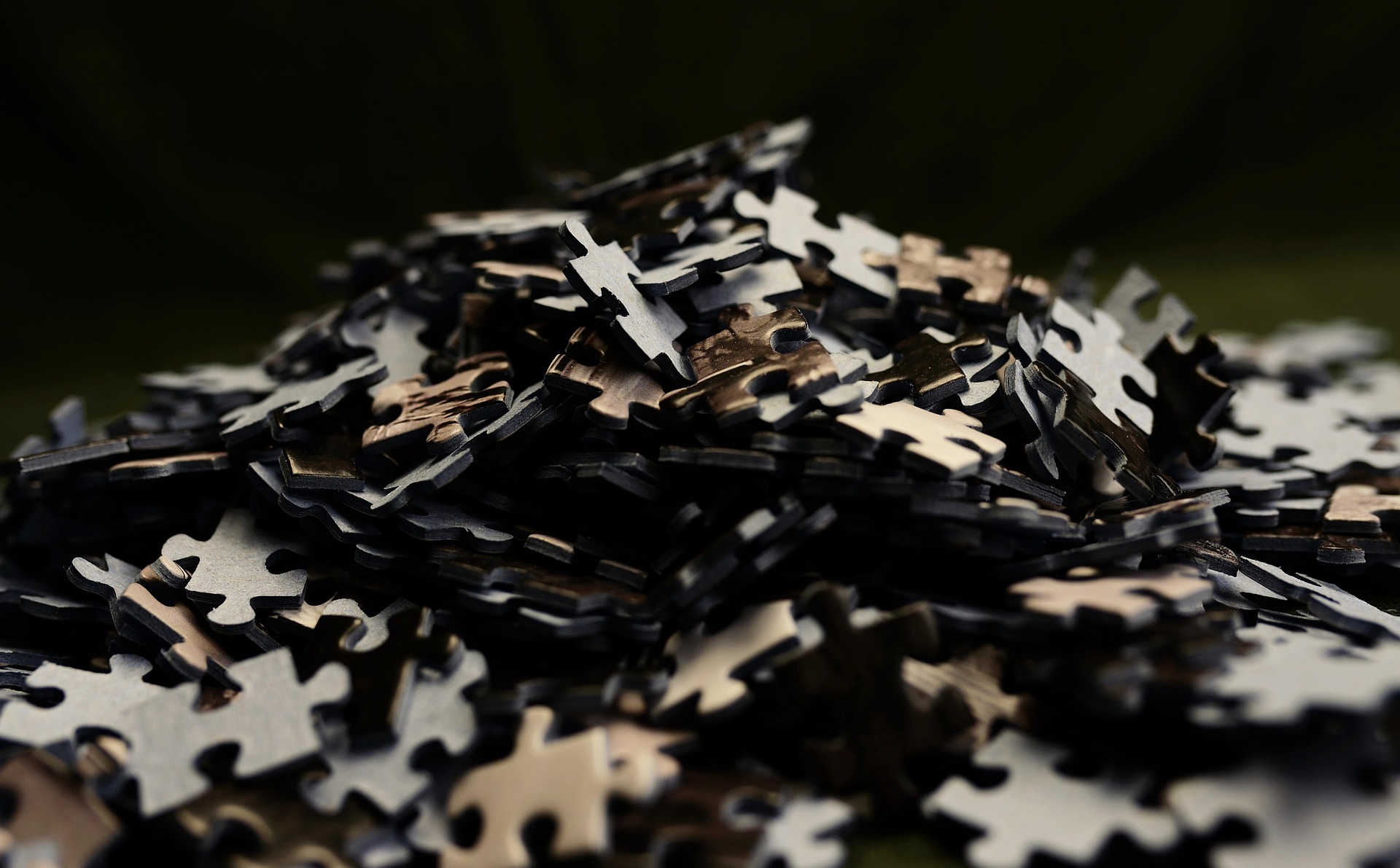Today, while trying to spend some quality time with my family, I wonder if we’ll be able to enjoy a peaceful afternoon without falling into the temptation of those small pleasures that offer an instant dose of dopamine: memes. For example, those memes created with artificial intelligence (AI), combining animal shapes with absurd objects, carrying tongue-twisting Italian names, which seem to have taken over social media—and our minds.
It’s curious, this new reality, in which the need for immediate stimuli has reshaped our expectations around entertainment. It’s no longer enough to sit down and work on a puzzle, watch a movie, or read a book; now we crave content that drags us in, that surprises us for no apparent reason, and even if it makes no sense, manages to hook us.
These memes, with their invented, far-fetched universes—as if they were created by the famous Dr. Frankenstein—are, in a way, our brain’s attempt to calm the anxiety of daily life and disconnect from reality.
But why do we need these quick stimuli so much? Is it because the dopamine they release traps us in a cycle that makes us increasingly impatient? Like many others, I’ve found myself spending countless hours watching these viral phenomena, wondering if, in the end, we’re losing our ability to enjoy the calm we once found in simple things like a puzzle or a good song from our favorite artist.
Note: this reflection comes from observing my surroundings and is not based on any scientific analysis or neuroscience studies. It’s simply an observation on how this phenomenon has permeated our society and everyday life.
Is the art of reflection at risk? Perhaps the key lies in learning to balance fast-paced stimuli with moments of disconnection, so we don’t lose sight of what truly makes us feel whole—beyond the instant euphoria of a well-crafted meme: the intangible joy of connecting with the people we love.

